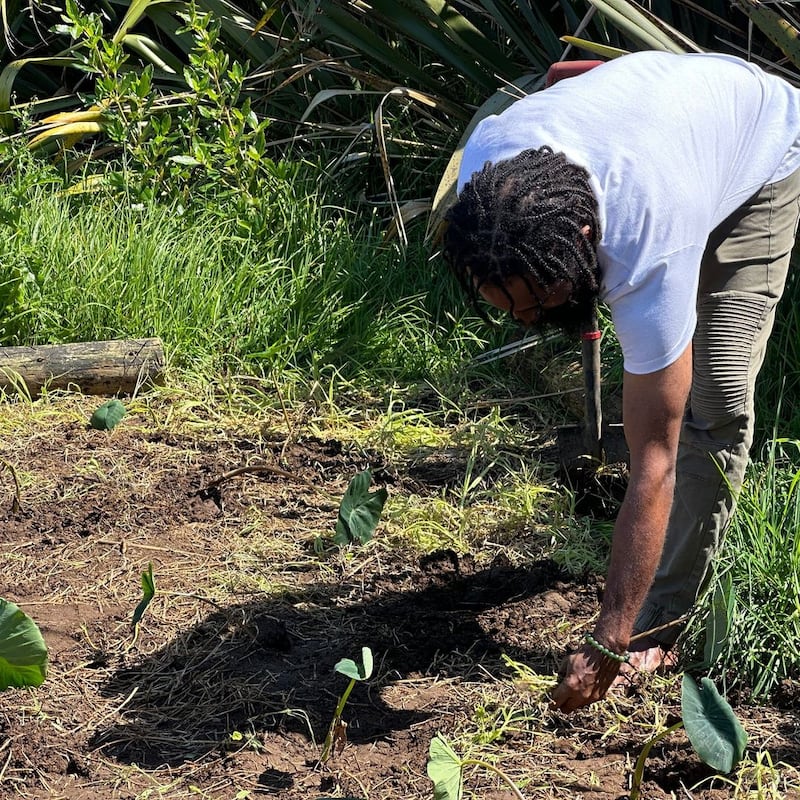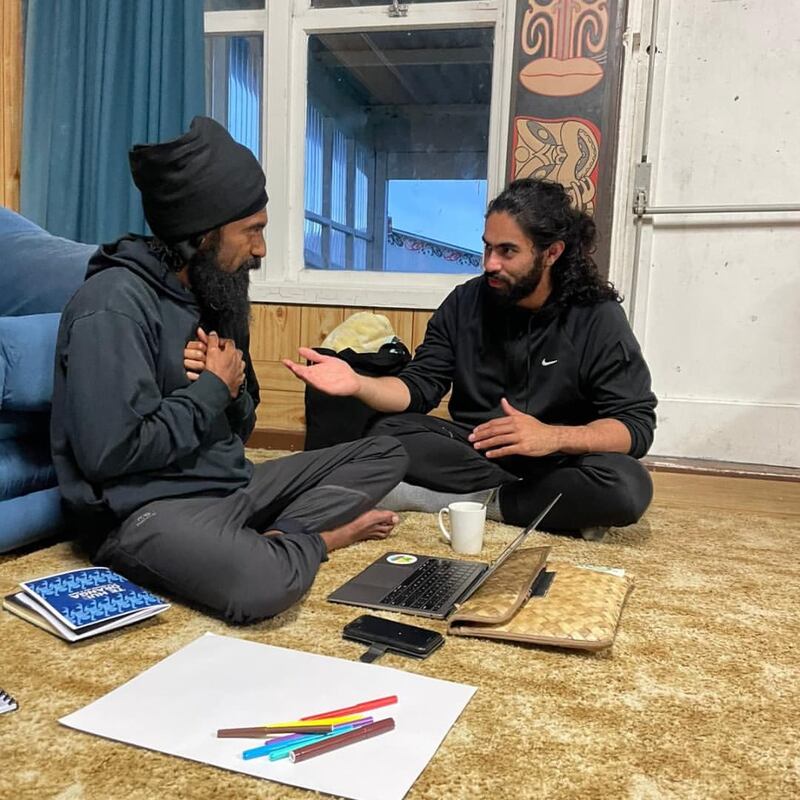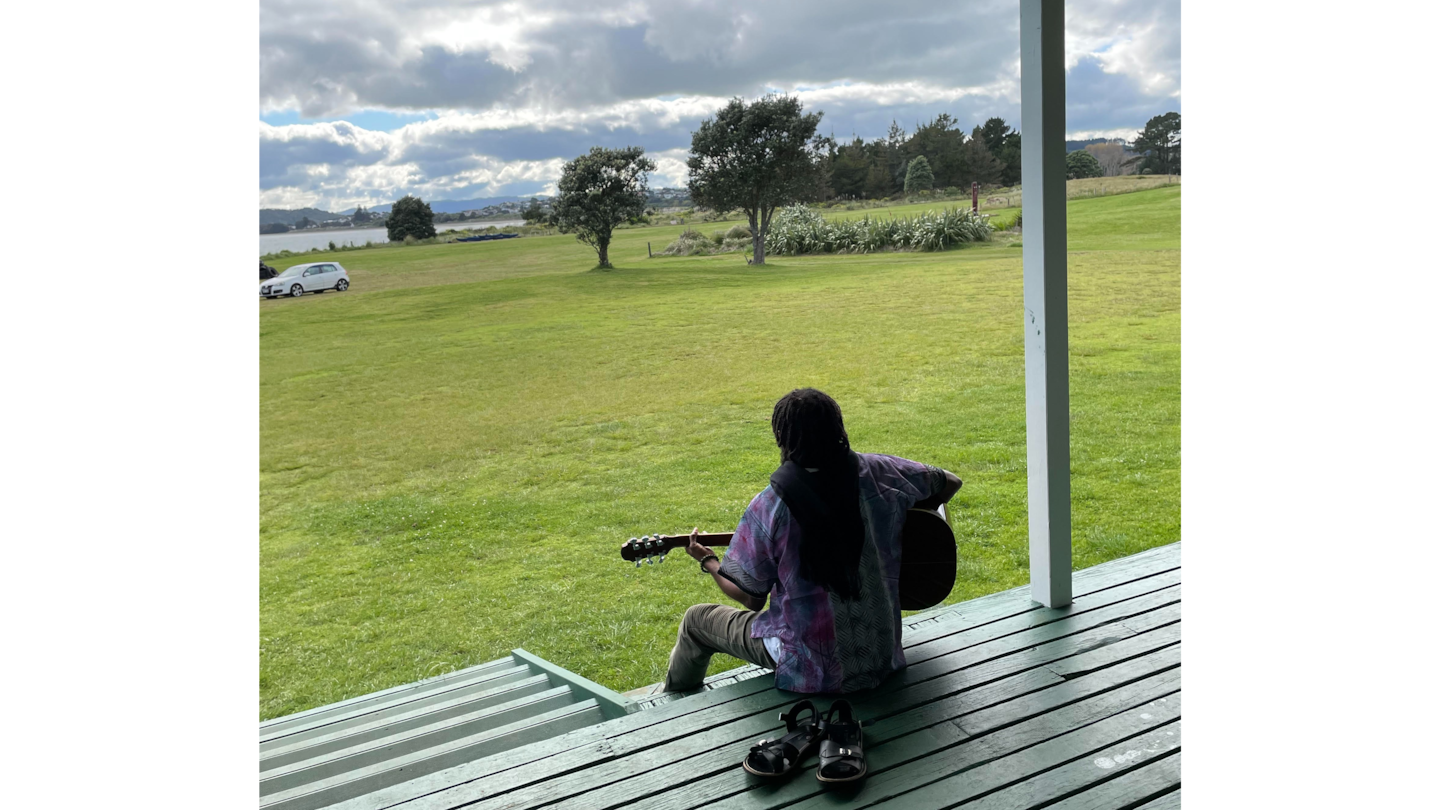A pastor who works with Kanaky youth has praised them for their help during the recent riots, their advocacy for indigenous rights, community healing, cultural expression and calls for peace.
Last week leaders from across the Pacific united at Te Hui Oranga to share struggles, solidarity and solutions and Wewetea came to represent Kanaky and share the struggles.
The social inequity Kanaks have faced across incarceration, poverty, education and housing, came to a flashpoint when a proposed electoral reform, which has since been canned, was seen as about to derail New Caledonia’s decolonisation process.
“When the youth rose in the insurrection, it was to say they’ve had enough of a system that does not take into account who we are and our dignity as Indigenous people,” Wetewea said.
Youth lead in faith community
As a pastor for the Protestant Church of Kanaky and in work with the Pacific Conference of Churches self-determination desk, Wetewea works in decolonising theology and church practices.
Instead of the church being an institution, Wetewea said it should be community-grounded and removing the hierarchy from pastors, as they are all equally people of faith.
He had seen this with the youth in his faith community where they have been organising in solidarity since the Covid-19 pandemic.
When the riots started the first struggle was accessibility to food as many of the businesses and shops had been destroyed or damaged. The youth, working in the community and with organisations managed to get food brought in by tribes from the islands and the north, and were focused on helping the elderly and young children.

In the first week, the youth organised Sunday worship in neighbourhoods to make space for people to share, because the experiences were traumatic events where the colonial powers were undermining their Indigenous rights and identity.
“Our children are carrying this, are growing through this,” he said.
“The youth managed to organise and structure the community to secure the children and provide a safe place for them to express themselves and to take care of the needy.”
He said the youth wanted a safe space for people to heal and to propose another way forward and, while not participating in the riots, they would stand by the other young people at the roadblocks to try to share their message.
There were youth collecting data on the experiences of disproportionate violence by the army and police.
Youth accompanied people in the neighbourhoods for safety, and informed them of their Indigenous and civil rights to protect themselves from the police. They also made sure to film to keep a trace.
Another group worked with lawyers to deal with unjust arrests and other instances of violence such as a Kanak woman who had came forward about being raped by French police.
‘Fia’ the dance which consecrates
After five weeks Wetewea went back to Lifou where he works with students and the tribe’s dance group.
He said the youth on the island were reflecting on how they could support the movement from where they were and provide a constructive message to help and to avoid falling into cycles of violence.
Wetewea said the children decided they would fia, which is the name for their traditional dance.
“Fia in our language means to consecrate the human, to make sacred the human. When you dance sacredly, you are making sacred the one who is watching, you are honouring the one who is watching the moves and hearing the sounds,” Wetewea said.
“That was the message the children came up with to honour and respect who they are, to be proud of who they are, and to respect themselves and the life that they carry because its sacred.”
He said they also acknowledged the sacredness of those beside them and even the ones who treated them with violence who were still human beings.

Wetewea said another message the children wanted to share was yengin, which means flower, and they would have a flower behind their ear and then offer it to the first person they met in the day, on their way to school, as a symbol of hope and positivity.
The youth worked at raising consciousness not only about the crisis but about the past intergenerational trauma.
Wetewea said people were still healing from the trauma from the civil war in the 1980s, and on Lifou, there were traumatic events that happened during colonisation on June 24, 1864 where the French administration sent in the army to kill people of the tribe.
“The duty of remembrance in order to heal,” he said.
“It’s not the idea of bringing back the past to nourish hatred but the idea was how can we heal, and also navigating the violence and tension experienced since May.”
The declaration and calls to action
The Declaration of Whāingaroa called for “Aotearoa to support an Indigenous-led and broadly representative human rights mission to Kanaky and West Papua”. Wetewea said Kanaky would also welcome a visit from Te Arikinui Kuīni Ngā Wai Hono i te Pō.
The Pacific leaders called for military de-escalation and demanded a demilitarised Pacific. The declaration reaffirmed the Treaty of Rarotonga, which aligned to Kanak leaders who have opposed the potential building of small nuclear power stations in New Caledonia.




